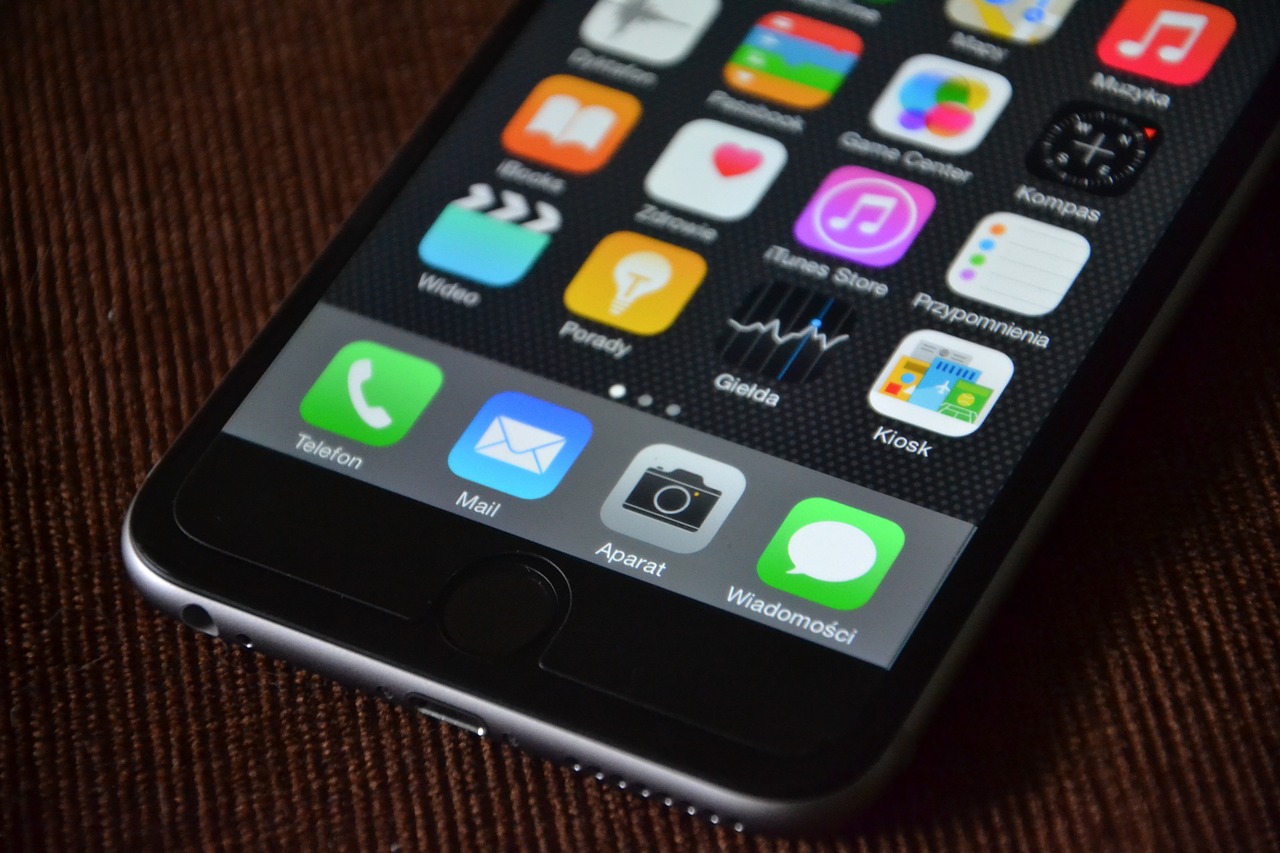Building a T-Mobile Chatbot: A Python Tutorial with Twilio Integration

T-Mobile Chatbot Overview
In today's digital age, businesses are constantly seeking innovative ways to enhance customer interactions. One such advancement is the development of AI-driven chatbots, and T-Mobile is no exception. In this tutorial, we will explore the process of creating a sophisticated T-Mobile chatbot using Python. This involves leveraging Python's capabilities for chatbot development and integrating the chatbot with Twilio to enable SMS communication.
By harnessing Twilio's SMS capabilities, our T-Mobile AI chatbot will be able to interact with users via text messages, providing a seamless and convenient experience. Additionally, we will delve into the realm of artificial intelligence by incorporating OpenAI's GPT-3 technology for natural language understanding and response generation within the chatbot.
Through this tutorial, you will gain insight into the intricacies of Python chatbot development, Twilio SMS integration, and the utilization of advanced AI technologies such as GPT-3. Let's embark on this journey to build an intelligent T-Mobile chatbot that enhances customer engagement and support processes.
Enhancing Customer Interactions: By developing a T-Mobile chatbot integrated with Twilio for SMS capabilities and powered by OpenAI's GPT-3 technology, we aim to revolutionize customer interactions in the telecommunications industry.
Python Programming Basics
Python is a versatile and user-friendly programming language that is widely used for various applications, including AI development. Whether you are new to programming or already familiar with other languages, Python's syntax and structure make it relatively easy to learn and understand.
Introduction to Python Programming
When delving into Python programming, it's essential to grasp the basics of its syntax and structure. Python emphasizes code readability and uses indentation to define code blocks, making it easier for developers to write clean and organized code. Understanding these fundamental principles sets the stage for efficient and effective chatbot development.
Python Libraries for AI Development
Python offers an array of powerful libraries that are instrumental in AI development. Two prominent libraries, TensorFlow and Keras, are widely utilized for machine learning and neural network applications. These libraries provide tools for building and training AI models, enabling developers to implement advanced AI capabilities within their applications. Moreover, Python's natural language processing (NLP) capabilities empower developers to process and analyze human language data, a crucial component in chatbot development.
By leveraging Python's rich ecosystem of libraries, developers can harness the full potential of AI technologies in their T-Mobile chatbot project.
Twilio Integration
Understanding Twilio's API
Twilio's API provides a comprehensive set of tools and resources for integrating SMS and messaging capabilities into applications. This allows developers to enable communication via text messages, voice calls, and other messaging channels. By understanding Twilio's API, developers can seamlessly incorporate SMS functionality into their T-Mobile chatbot, enhancing the user experience.
Overview of Twilio's SMS and Messaging Capabilities
Twilio's API offers a wide range of features for sending and receiving SMS messages, as well as facilitating interactive messaging experiences. Developers can leverage these capabilities to create engaging conversational interfaces within their chatbot.
Setting up a Twilio Account and Obtaining API Credentials
To begin integrating Twilio with the Python-based T-Mobile chatbot, developers need to create a Twilio account and obtain the necessary API credentials. This involves registering for a Twilio account, acquiring an API key, and configuring the required settings for sending and receiving SMS messages.
Integrating Twilio with Python
Integrating Twilio with Python involves utilizing Twilio's Python SDK to send and receive SMS messages seamlessly. The Python SDK provides a set of libraries and tools that streamline the integration process, allowing developers to access Twilio's messaging capabilities directly from their Python-based applications.
Sending and Receiving SMS Messages Using Twilio's Python SDK
With the help of Twilio's Python SDK, developers can send outbound SMS messages to users while also being able to receive incoming messages. This bidirectional communication enables the T-Mobile chatbot to engage in dynamic conversations with users via text messages.
Handling SMS Responses and Interactions
Upon receiving SMS responses from users, the T-Mobile chatbot implemented in Python can intelligently process these interactions using Twilio's SDK. This includes interpreting user input, generating appropriate responses, and maintaining contextual conversations through seamless handling of SMS interactions.
OpenAI's GPT-3 Technology
Introduction to GPT-3
OpenAI's GPT-3, which stands for Generative Pre-trained Transformer 3, is a state-of-the-art language model that has garnered significant attention in the field of artificial intelligence. This powerful model is designed to understand and generate human-like text based on the input it receives. With a staggering 175 billion parameters, GPT-3 exhibits an unprecedented capacity for natural language processing and generation.
GPT-3 has the ability to comprehend and respond to human language in a manner that closely resembles human conversation. Its applications extend across various domains, including content generation, language translation, question answering, and chatbot development. By harnessing GPT-3's capabilities, developers can elevate the conversational abilities of chatbots to deliver more contextually relevant and coherent responses.
Implementing GPT-3 in Chatbot Development
When integrating GPT-3 into chatbot development, developers can leverage its advanced natural language understanding capabilities to enhance the bot's comprehension of user inputs. This involves utilizing GPT-3 to interpret user messages and extract meaningful insights from the text, enabling the chatbot to discern intent and context with remarkable accuracy.
Moreover, by integrating GPT-3 for generating responses within the chatbot, developers can provide users with human-like interactions that are both engaging and contextually relevant. The model's proficiency in generating coherent and articulate text ensures that the chatbot can deliver high-quality responses tailored to users' inquiries and prompts.
Custom Chatbot Development
Designing the Chatbot Architecture
As we embark on the custom development of our T-Mobile chatbot, it is imperative to meticulously design the architecture that will govern its functionality. This involves planning the structure and flow of the chatbot to ensure seamless interactions with users. By defining user interactions and conversation paths, we can create a personalized experience that caters to the unique needs of T-Mobile customers.
To achieve this, we will outline a clear framework for the chatbot's decision-making processes, including how it interprets user inputs and generates appropriate responses. Additionally, we'll establish pathways for guiding users through various inquiries and support requests, ensuring that the chatbot can effectively address a wide range of customer concerns.
In designing the chatbot architecture, our goal is to create an intuitive and user-friendly interface that mirrors real human conversations. This requires careful consideration of how the chatbot processes information, understands user intent, and delivers meaningful responses in a coherent manner.
Chatbot Architecture: "The foundation of our T-Mobile chatbot lies in its architectural design, which dictates how it engages with users and orchestrates conversational experiences."
Implementing AI Capabilities
Incorporating advanced AI capabilities into our custom T-Mobile chatbot is essential for delivering intelligent and personalized interactions. By integrating natural language understanding and generation, we empower the chatbot to comprehend user inputs with nuance while generating contextually relevant responses.
Through natural language understanding (NLU), our chatbot will be equipped to discern subtle variations in user queries, enabling it to extract key insights and determine the most appropriate course of action. This capability enhances the chatbot's ability to interpret complex or ambiguous user inputs accurately.
Moreover, integrating AI for personalized responses enables our T-Mobile chatbot to tailor its interactions based on individual user preferences and historical engagement data. By leveraging AI-driven personalization, we aim to elevate customer satisfaction by providing relevant and targeted support throughout each interaction.
AI-Driven T-Mobile Chatbot
Mimicking T-Mobile's Customer Service
Understanding the intricacies of T-Mobile's customer service interactions is paramount in replicating its support processes within the AI-driven T-Mobile chatbot. By analyzing the typical customer inquiries, complaint resolutions, and information dissemination methods employed by T-Mobile representatives, we can ensure that the chatbot mirrors the same level of professionalism and efficacy.
Emulating Excellence: "Our goal is to mirror T-Mobile's exemplary customer service through our AI-driven T-Mobile assistance, providing users with a seamless and efficient support experience."
Incorporating the nuances of T-Mobile's customer service into the chatbot involves capturing the tone, language style, and problem-solving approach characteristic of genuine human interactions. By doing so, we aim to instill trust and reliability in users as they engage with the AI-driven T-Mobile customer support bot.
Enhancing User Experience
Improving the chatbot responses based on user feedback is pivotal in enhancing the overall user experience. By actively soliciting and incorporating user input, we can refine the chatbot's conversational abilities and responsiveness. This iterative process allows us to adapt to evolving user needs while continuously improving the quality of interactions.
Personalizing Interactions for T-Mobile's Customer Base
Tailoring interactions to align with T-Mobile's diverse customer base is essential for fostering meaningful engagements. By leveraging demographic insights and historical interaction data, our AI-driven T-Mobile chatbot can deliver personalized responses that resonate with individual users. This level of personalization not only enhances user satisfaction but also strengthens brand loyalty among T-Mobile customers.
In essence, by emulating T-Mobile's exceptional customer service practices and prioritizing user feedback for continuous improvement, our AI-driven T-Mobile chatbot aims to set new standards for customer support excellence within the telecommunications industry.
The Future of T-Mobile Chatbots
As we look ahead to the future of T-Mobile chatbots, it becomes evident that AI-driven chatbots are poised to play a pivotal role in revolutionizing customer support within the telecommunications industry. The seamless integration of Python chatbot technology, Twilio's capabilities in SMS communication, and the advanced natural language processing provided by GPT-3 signifies a new era of customer engagement and satisfaction.
The potential of AI-driven T-Mobile chatbots lies in their ability to deliver personalized and contextually relevant support to customers. By harnessing the power of AI, these chatbots can interpret user inquiries with nuance, provide tailored responses, and continuously improve their interactions based on user feedback. This not only enhances the overall user experience but also fosters brand loyalty among T-Mobile's diverse customer base.
Python's role in chatbot technology is instrumental, as it provides a robust framework for developing intelligent conversational interfaces. Furthermore, Twilio's integration in customer support enables seamless communication via SMS text bot, enhancing accessibility for users seeking assistance.
T-Mobile's AI initiatives are set to have a transformative impact on the telecommunications industry by setting new standards for customer support excellence. Through the convergence of innovative technologies and a commitment to enhancing customer interactions, T-Mobile is poised to lead the way in leveraging AI-driven chatbots to elevate the customer experience.
See Also
Creating an SMS Chatbot Using OpenAI and Python: A Guide
Crafting a Personalized ChatGPT SMS Chatbot with Python: Interactive AI Experience
Constructing a ChatGPT ChatBot with Zapier: A Detailed Tutorial
The Influence of SMS Chatbot Integration with Twilio for Toll-Free Customer Support
Client Support Symbol: Creating a Customer-Focused ChatGPT ChatBOT

